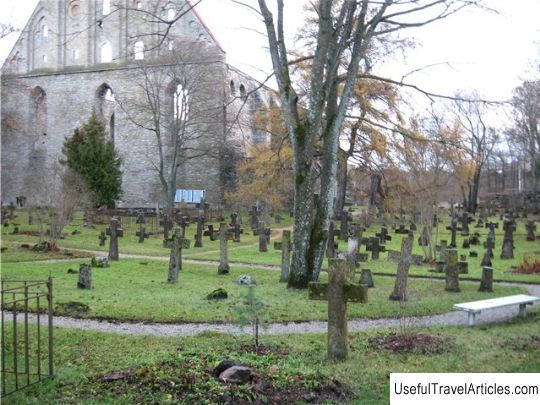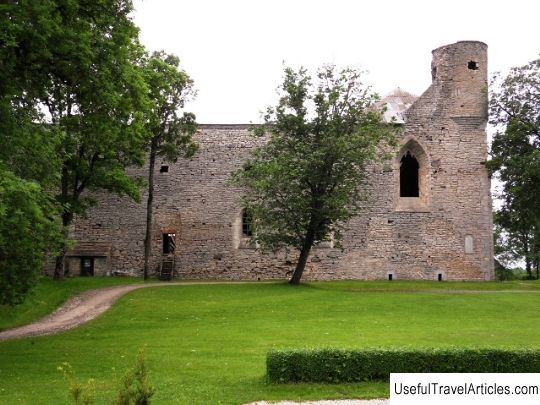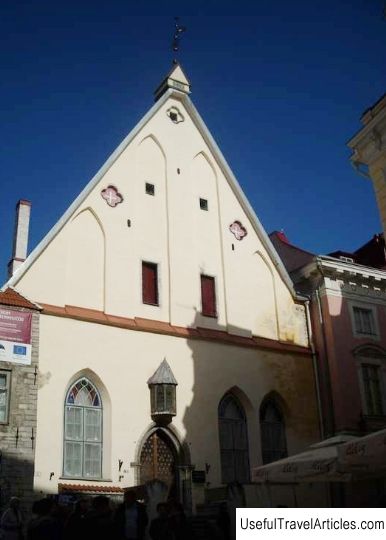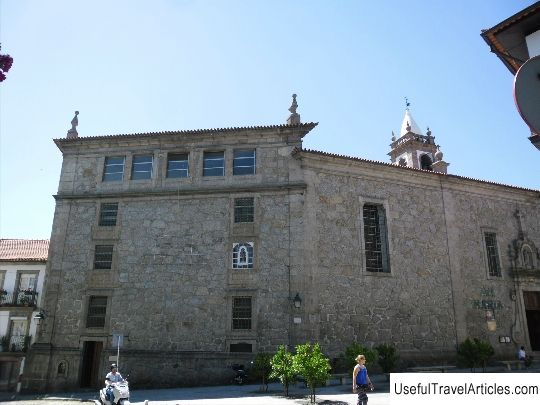Dominican Monastery description and photos - Estonia: Tallinn
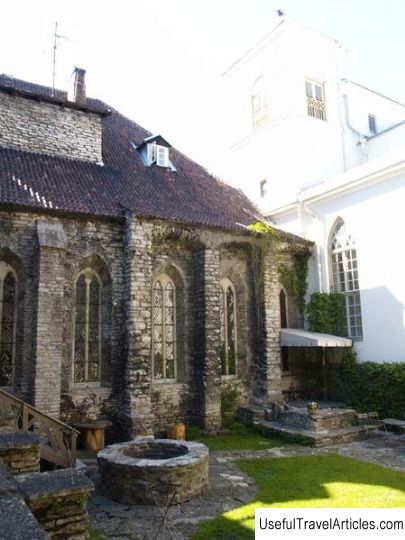
Dominican Monastery description and photos - Estonia: Tallinn. Detailed information about the attraction. Description, photographs and a map showing the nearest significant objects. The name in English is Dominican Monastery. Photo and descriptionMembers of the Dominican order settled in Tallinn in the 13th century. It is known that this order was founded in 1216 by the Spaniard Saint Dominic de Guzman. It is believed that the mother of the founder of the order, before the birth of her son, had a dream that she gave birth to a black and white dog that would light the whole world with a torch. It is for this reason that Dominic appears in the visual arts with a torch, accompanied by a dog. Hence the name of the order - "domini canes", which means "God's dogs". The mission of the order was to preach the gospel throughout Europe. In 1246, the Dominicans obtained the right to found a monastery in Tallinn. The site for the construction was chosen very carefully and corresponded to the spiritual and material interests of the monks. To expand your influence, shortly after construction, a school was established at the monastery, where Estonian boys were educated in Latin. The most significant building in a typical monastery complex was the Church of St. Catherine, built around the 14th century. At that time, the 68-meter church building was the largest and most visible in all of Tallinn. During its existence, the monastery building was repeatedly rebuilt and expanded until the 16th century. However, the monastery was seriously damaged during the Lutheran reformation in 1525, then it was plundered. And in 1531 there was a violent fire in the building, which destroyed the church so much that it became unusable. In 1844, on the site of the monastery refectory, the Church of St. Peter and Paul was built. Until now, unfortunately, the entire monastery building has not survived. Today you can see the preserved monastery garden and the surrounding cross passages, a chapel, a dormitory, a monastery barn, a capitulary hall, etc. The Church of St. Catherine has also been partially preserved. Nowadays, the buildings of the monastery house a museum, Tallinn stone cutters. It is possible to order a tour of the monastery. On summer days, concerts, various programs, and theatrical performances are often held in the courtyard covered with ivy. There is an “energy pillar” in the basement. It is believed that leaning against it, you can draw physical and spiritual strength. Also partially preserved is the Church of St. Catherine. Nowadays, the buildings of the monastery house a museum, as well as the works of medieval Tallinn stone-cutters. It is possible to book a tour of the monastery. On summer days, concerts, various programs, and theatrical performances are often held in the courtyard covered with ivy. There is an “energy pillar” in the basement. It is believed that leaning against it, you can draw physical and spiritual strength. Also partially preserved is the Church of St. Catherine. Nowadays, the buildings of the monastery house a museum, as well as the works of medieval Tallinn stone-cutters. It is possible to book a tour of the monastery. On summer days, concerts, various programs, and theatrical performances are often held in the courtyard covered with ivy. There is an “energy pillar” in the basement. It is believed that leaning against it, you can draw physical and spiritual strength. theatrical performances. There is an “energy pillar” in the basement. It is believed that leaning against it, you can draw physical and spiritual strength. theatrical performances. There is an “energy pillar” in the basement. It is believed that leaning against it, you can draw physical and spiritual strength.
         We also recommend reading Villa Borghese description and photos - Italy: Rome Topic: Dominican Monastery description and photos - Estonia: Tallinn. |
